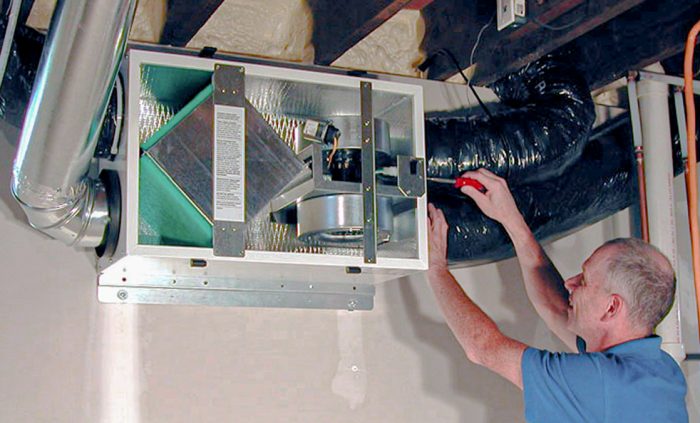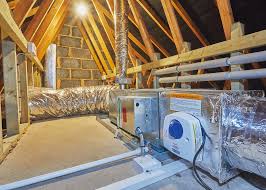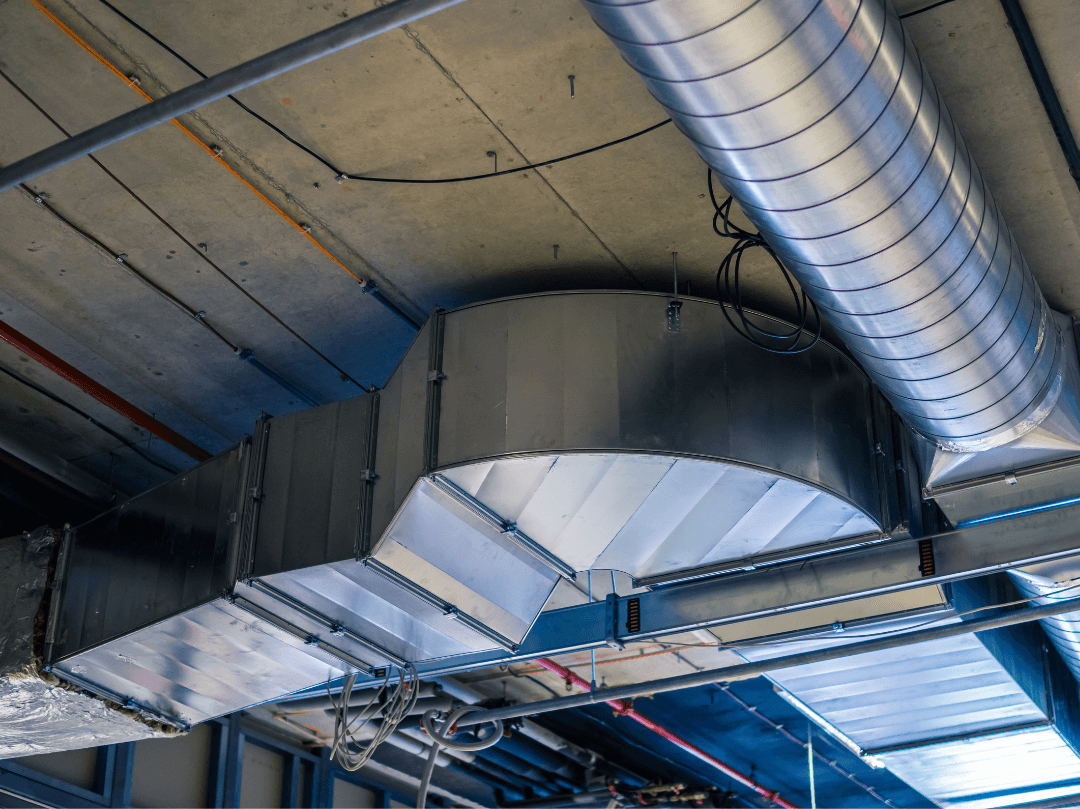After having your ventilation system inspected, it’s crucial to not just file away the report but to actively engage with the findings. This proactive approach ensures the health, safety, and efficiency of your building’s air quality. Ventilation inspections can uncover a range of issues, from minor inefficiencies that, if ignored, could lead to increased energy costs, to major safety hazards that could pose serious risks to occupants.
Understanding and acting on your ventilation inspection report is not merely about compliance with health and safety standards; it’s about taking responsibility for the environment you manage or live in. The steps you take after receiving the inspection results can significantly impact the longevity of your HVAC system and the well-being of those within the space.
In the following sections, we will guide you through the essential actions to take post-inspection. These include interpreting your report, addressing immediate concerns, planning necessary repairs or upgrades, and establishing a routine for ongoing maintenance. By the end of this blog, you’ll be equipped to make informed decisions that enhance air quality and system performance.
Understanding Your Ventilation Inspection Report
When you receive your ventilation inspection report, it might initially seem daunting due to the technical jargon and array of data presented. However, understanding this document is key to ensuring the health and efficiency of your ventilation system. Here’s how to navigate the findings:
- 1. Identify Key Sections: Most reports will include an executive summary, detailed findings, and recommendations. Start with the executive summary for an overview, then move to detailed findings for specific issues.
- 2. Deciphering Findings: The report may list issues such as blockages, leakage, or wear and tear on components. Each finding will typically be rated based on urgency—such as ‘critical’, ‘major’, or ‘minor’. This rating helps prioritise repairs.
- 3. Recommendations: This section provides suggested actions to address the issues found. Recommendations might range from simple maintenance tasks like ventilation filter changes to more significant interventions like repairing or replacing ductwork.
- 4. Ask Questions: If anything in the report is unclear, don’t hesitate to contact the inspector for clarification. Understanding every aspect of your report is crucial for effective follow-up.
By thoroughly understanding your ventilation inspection report, you can take well-informed steps to improve your system, ensuring it operates safely and efficiently. This proactive approach not only enhances indoor air quality but also extends the lifespan of your HVAC system.
Immediate Steps to Take After Receiving Your Inspection Results

Once you have a clear understanding of your ventilation inspection report, it’s crucial to act promptly to address any identified issues. Here’s a checklist of immediate steps to take based on the severity of the findings:
- 1. Address Critical Issues: Any problems labelled as ‘critical’ should be handled as emergencies. These might include severe blockages, significant damage to ventilation components, or safety hazards. Immediate action will prevent health risks and potential system failures.
- 2. Contact Professionals: For major repairs or replacements, it’s advisable to contact qualified professionals. Getting quotes from several contractors can ensure you receive the best service at a fair price.
- 3. Schedule Repairs: For issues that are not urgent but still important, plan and schedule repairs in a timely manner. Delaying these repairs can lead to further damage or increased energy consumption.
- 4. Review and Implement Minor Recommendations: Some recommendations may involve routine maintenance, such as changing filters or cleaning vents. These can often be done internally and should be scheduled regularly.
- 5. Document Actions: Keep a record of all the actions taken, including repairs, replacements, and maintenance. This documentation will be valuable for future inspections and can help track the health of your ventilation system.
By taking these immediate steps, you can ensure that your ventilation system remains effective and efficient, minimising future issues and maintaining optimal indoor air quality.
Planning Repairs and Upgrades

After addressing immediate concerns from your ventilation inspection, the next step is to plan for long-term system improvements. This should include both necessary repairs and potential upgrades to enhance efficiency and reliability. Start by prioritising repairs based on their impact on system performance. Investments that improve airflow and reduce energy use are typically most beneficial, often extending the system’s lifespan. Next, set a realistic budget for these changes, weighing the initial costs against potential long-term savings from increased efficiency.
If your system is outdated, consider modernising key components. Upgrading to energy-efficient motors or installing smart ventilation controls can significantly cut energy costs while improving air quality. When scheduling these repairs and upgrades, aim to minimise disruption, particularly in commercial settings.
Finally, consulting with HVAC experts is crucial. They can confirm whether your plans are suitable and suggest the latest technologies and practices that could be advantageous for your system. By planning thoughtfully and consulting professionals, you can ensure your ventilation system not only meets current standards but is also prepared for future demands, enhancing both safety and comfort in your building.
Preventive Measures and Regular Maintenance
To ensure your ventilation system remains in optimal condition, a proactive approach to maintenance is crucial. Regular checks and preventive measures are key to avoiding future issues and maintaining system efficiency.
Ventilation Smoke Testing is an essential tool for assessing airflow and identifying leaks. By introducing smoke into the system, this method helps visualise air movement and detect obstructions that could compromise efficiency. This test is particularly useful in complex systems where identifying airflow patterns is challenging.
In addition to mechanical integrity, maintaining the cleanliness of your ventilation is vital. Ventilation Fogging & Disinfection involves using a fogging machine to distribute disinfectant throughout the system, effectively reducing the presence of harmful bacteria and viruses. This process ensures air quality is not only safe but conducive to a healthy environment.
Lastly, consider taking advantage of a Free Ventilation Hygiene Assessment. This service provides a comprehensive evaluation of your system’s cleanliness and overall condition, offering insights and recommendations for maintenance without any initial cost.
By integrating these specific measures into a regular maintenance schedule that includes replacing air filters, cleaning ducts, and inspecting for blockages, you can significantly enhance the longevity and performance of your ventilation system. Keeping detailed records of all maintenance activities will help track the system’s health and prove invaluable for warranty claims or future evaluations.
.





